
UZÈS
Costa del sol bjuder på många dina utflyktsmål.
Läs om mina förslag på vackra bergsturer.
Välkommen till min webbsida som handlar om trivsamma platser i Europa, utflykter i Andalusien och sköna promenader i Stockholm.
Klicka på det som intresserar dig!
Trevlig läsning
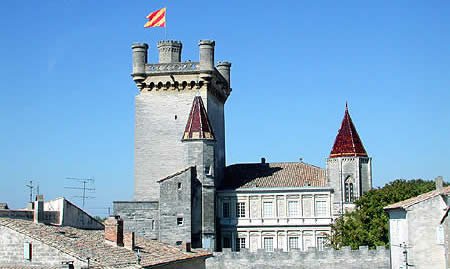
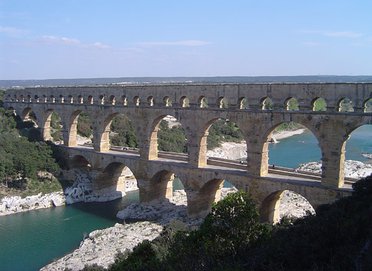
Pont du Gard
The incredible aqueduct across the river Gard
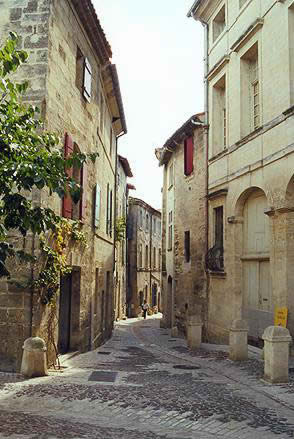
E15, A9, 18 km west of exit 23 Remoulins (north: exit 19 Bollène, south: exit 23) /14 km/
The shortest way to get to Uzès is to exit at 23. But if you are approaching from the north and want a change of scenery and have the time, exit already at 19. Then cross over the river Rhône towards Pont St Esprit and carry on towards the south.
The road takes you through an unspoilt, varying landscape, over heaths and marshes, through shady tree-lined avenues and alongside deep ravines. In the far distance, outlined against the sky we can already make out the remarkable towers and pinnacles of the town Uzès, perched on a cliff ledge high above the Eure valley.
FRANCE’S FIRST DUCHY
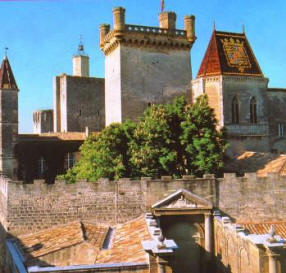
Uzès owes its existence to the never-ceasing flow of its spring, “la source de l’Eure”. There were people living here already in prehistoric times. The Greeks have left their traces, as have the Celts and the Romans. The Celts built the first settlements, but it was the Romans who discovered the source of the Eure and led its water down to the town of Nîmes via a 50 km long aqueduct.
From the first century A.D. and onwards the Gallo-Roman town Ucetia flourished and was christianized during the century that followed. In the 5th century it was made a bishopric and enjoyed a strong position up until the French revolution. The feudal lords of the house of Uzès, with great influence over the town, were first mentioned in the annals of 1088, and in the 16th century Uzès was elevated to the status of duchy – the first one in France. In the 13th century Languedoc was annexed by Louis VIII and so Uzès became subordinate to the French crown. Through the centuries the three powers, the Crown, the Bishop and the Feudal Lord were
fighting for supremacy in the town and three grandiose towers of competing heights, belonging each to one
of these three rulers, are still standing, bearing witness to the power struggles of former times.
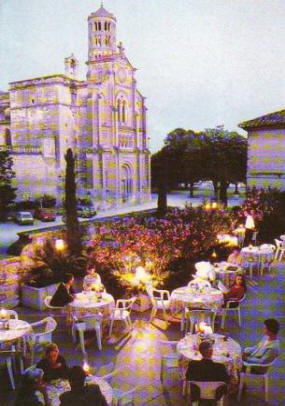
HUGUENOT STRONGHOLD
In the middle of the 16th century the bishop and the cathedral chapter converted to Protestantism and Uzès became a stronghold for the Huguenots. The town took part in the religious wars and its citizens, forced to take sides, were divided into two camps. Many Huguenots were driven into exile.
MAGNIFICENT PALACES
Several buildings in Uzès bear a medieval mark. But in the 18th century, when the town enjoyed a significant financial upswing, due to, among other things, a lucrative silk manufacture, the new aristocracy built many private palaces which competed with each other in grand ornamentation.
Knowing its background makes Uzès a particularly fascinating town to visit today. The bishops have left us the Bishops’ Palace with its magnificent façade in the classisistic style. In this building the Town Museum is housed and here you can sample a little local history. Two imposing church buildings are to be found in the old town centre. The first one, the Cathedral St Théodorit, built in the 17th century but with a new façade from the 19th, boasts a beautiful organ with gilt shutters. The church tower, the rotund Tour Fenestrel, is the only relic of the 12th century Romanesque church which stood on this spot in former times. The second church, St Étienne, is a beautiful 18th century baroque building. Its rectangular bell tower was once part of the medieval fortfication wall, now replaced by boulevards. The dukes still make their presence felt through their old palace Le Duché which is dominated by a tall watchtower from the 12th century. This mighty edifice was being erected from the Middle Ages through to the 18th century and shows all the various styles of those different eras.
Walk up and down the streets of this old town and you will most certainly feel the wing-beats of history. Have a drink in the charming, arcade-framed square Place aux Herbes or order an excellent meal in one of the lovely restaurants in the old medieval cellar vaults. If you feel like a longer walk there is always the Duché Park in the Eure valley. Starting off outside the cathedral, you can just wander down into this calm oasis by the river Alzon and, as ever, sample a bit of history discovered here: a significant part of the Roman aqueduct in the form of a dam used for water regulation.
Château le Duche
Supertime in a cosy spot